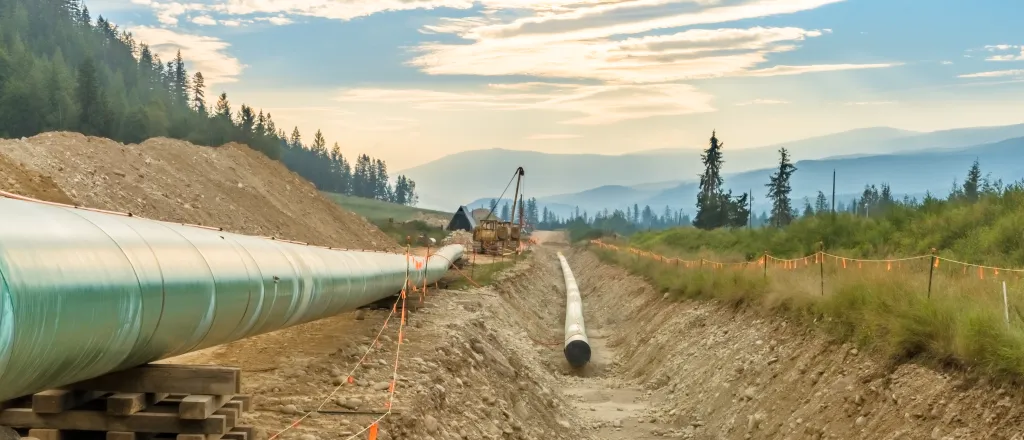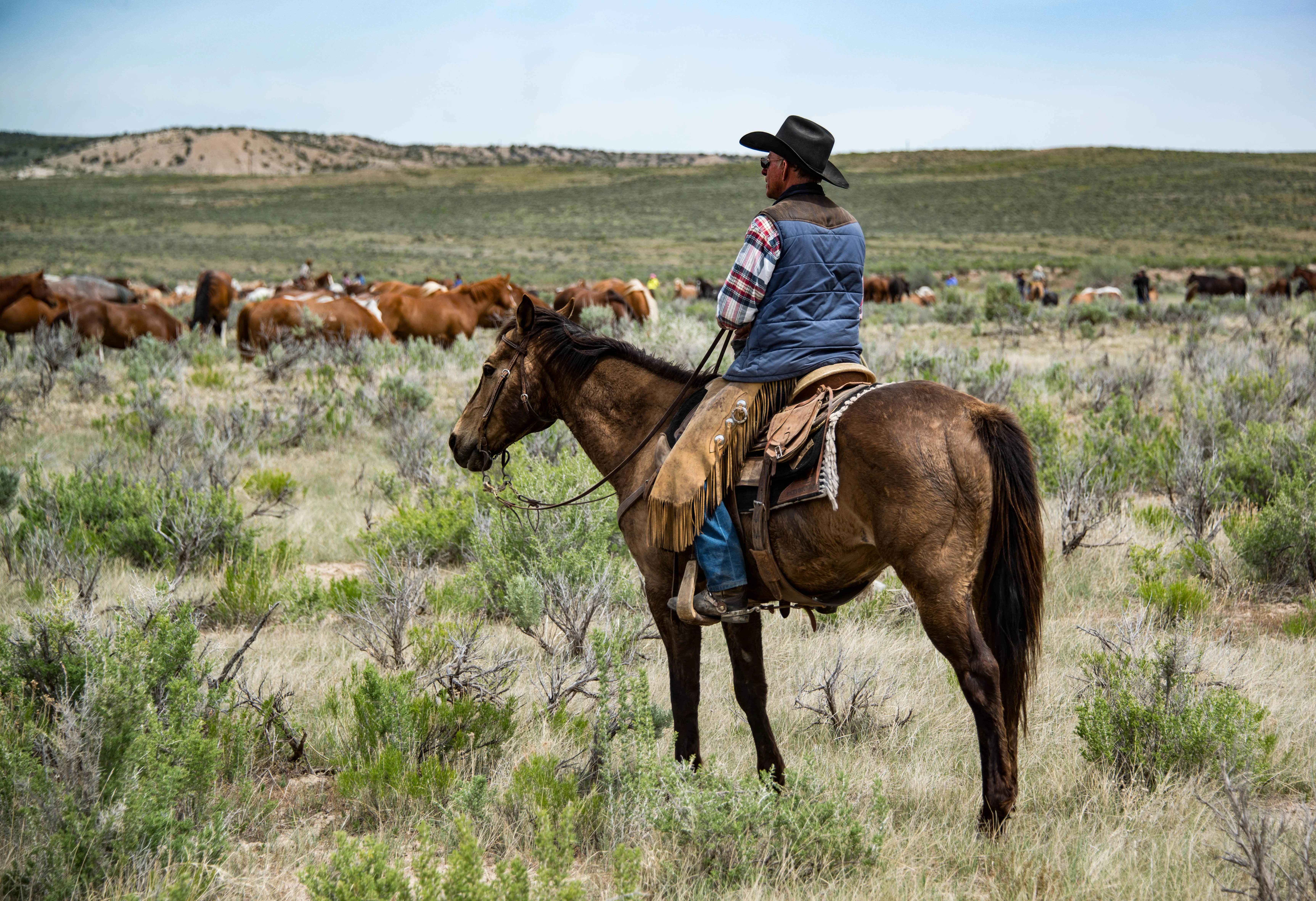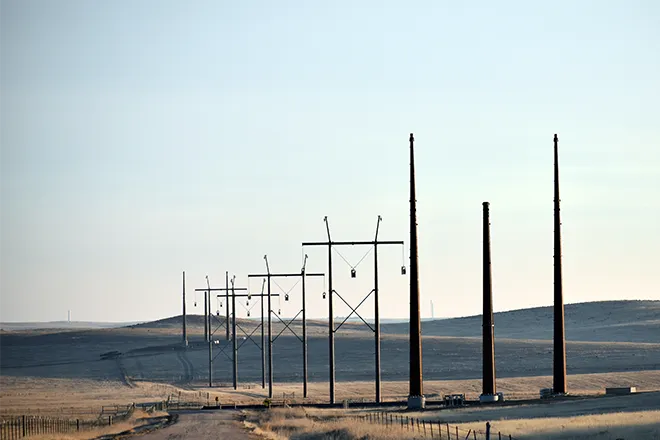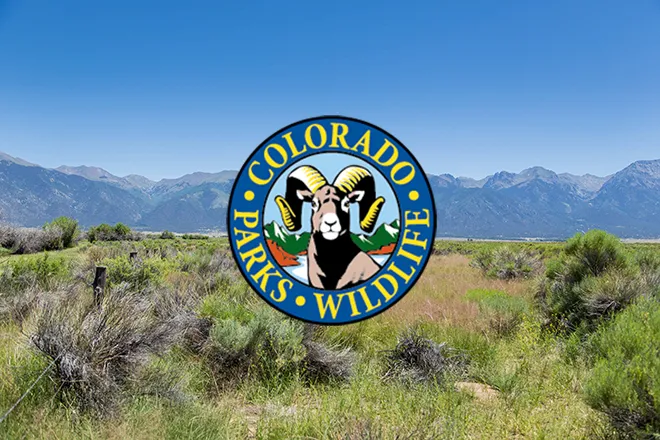
Arkansas Valley Conduit receives another $90 million in federal funding
© vadimgouida - iStock-1424680550
The Arkansas Valley Conduit received another $90 million in federal funding as construction continues on the drinking water line that will serve 39 water systems east of Pueblo.
“This is great news for the AVC and the people of Southeastern Colorado. Funding at this level is needed to keep the AVC moving forward, and we really appreciate the hard work that our congressional delegation and Reclamation officials at all levels have put into the AVC project,” said Bill Long, President of the Southeastern Colorado Water Conservancy District. “The Southeastern District is looking forward to the day when we can fulfill the promise to bring clean drinking water to the people of the Lower Arkansas Valley.”

© iStock - PromesaArtStudio.
The Department of Interior announced $242 million in funding from the Bipartisan Infrastructure Law, along with other Western water projects. The AVC received the largest amount of BIL funding for any of the projects included in this year’s funding.
The AVC is being built by the U.S. Bureau of Reclamation and the Southeastern Colorado Water Conservancy District. The 130-mile pipeline will serve 50,000 people when completed. To date, federal appropriations total more than $321 million, about $10 million, including American Rescue Plan Act funds. Construction began on the AVC in 2023, with Reclamation constructing the Trunk Line from its connection with the Pueblo Water system at 36th Lane and U.S. Highway 50. So far, three federal contracts totaling almost $100 million have been issued for the AVC to date. In addition, $22 million has been paid to Pueblo Water for conveyance, treatment and transmission of AVC water from Pueblo Reservoir.
The District, through its Water Activity Enterprise, has built delivery lines to Avondale and Boone, using $1.2 million contributed by the Pueblo County Commissioners through American Rescue
The projects receiving funding include:
Arizona
- Verde Reservoirs Sediment Mitigation Project: $8.5 million to continue a feasibility study that will identify alternatives to address water storage lost due to sediment accumulation at Horseshoe Reservoir, manage future sediment accumulation in Horseshoe and Bartlett Reservoirs, and investigate the potential for operational flexibilities that could be created with increased storage capacity. The study will assist in adapting to the impacts of drought and climate change on water supply availability. This feasibility study was authorized by the Bipartisan Infrastructure Law.
California
- B.F. Sisk Dam Raise and Reservoir Expansion Project: $75 million for the enhancement of off-stream storage capability. The project is in addition to the B.F. Sisk Safety of Dams Modification Project already underway and is in partnership with the San Luis and Delta-Mendota Water Authority. While the Safety of Dams Modification project continues, Reclamation continues to coordinate with project partners and other agencies on environmental permitting and geotechnical investigations required for the technical design. Once completed, the project will develop approximately 130,000 acre-feet of additional storage of water that can be delivered to water contractors and wildlife refuges.
- Sites Reservoir Project: $67.5 million for an off-stream storage project that will develop up to 1.5 million acre-feet of new water storage on the Sacramento River system located west of Maxwell, California. The reservoir will deliver multiple benefits including cold water for salmon by using new and existing facilities to move water in and out of the reservoir, with ultimate release to the Sacramento River system via existing canals, a new pipeline near Dunnigan, and the Colusa Basin Drain.
Colorado
- Arkansas Valley Conduit: $90 million to continue construction of a safe, long-term water supply to an estimated 50,000 people in 39 rural communities along the Arkansas River. Once completed, the project will replace current groundwater sources contaminated with radionuclides and help communities comply with U.S. Environmental Protection Agency drinking water standards. The project consists of about 130 miles of pipeline to deliver up to 7,500 acre-feet of water per year from Pueblo Reservoir. After decades of planning and preparation, the Arkansas Valley Conduit broke ground last year with the investments from the Bipartisan Infrastructure Law. These funds have been allocated to planning and design work, regulatory compliance, payment to Pueblo Water for conveyance through the city and construction of Boone Reach 1, which is well underway.
Washington
- Cle Elum Pool Raise Project: $1 million to continue to increase the reservoir’s capacity an additional 14,600 acre-feet to be managed for instream flows for fish. Reclamation, the Yakama Nation, and Washington State Department of Fish and Wildlife are partners on the project.

















